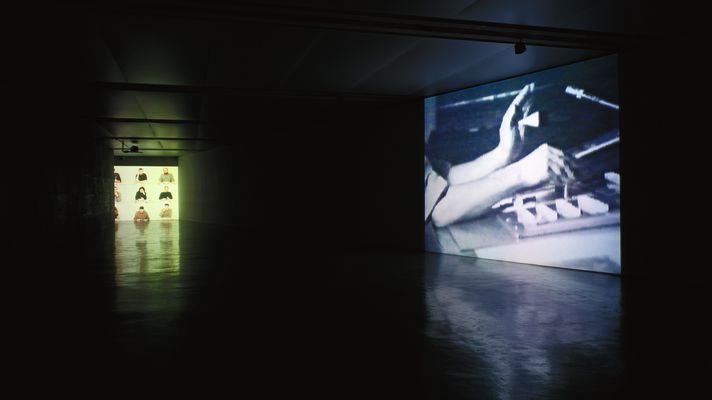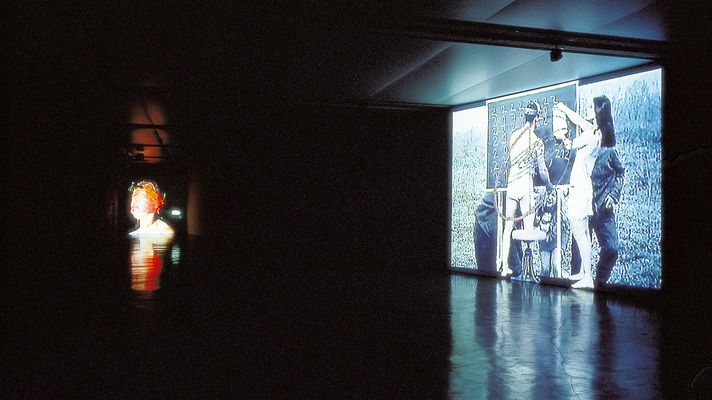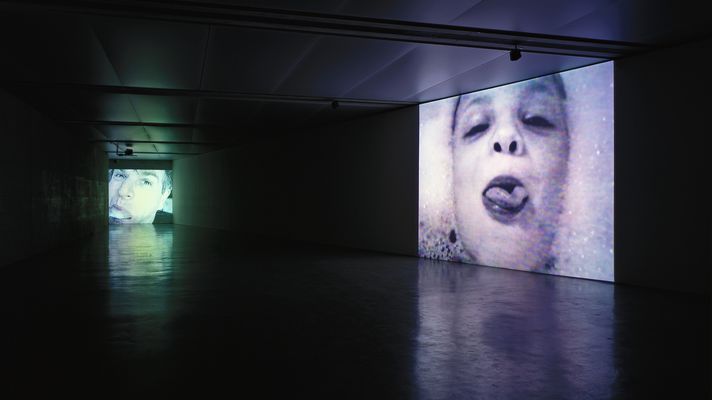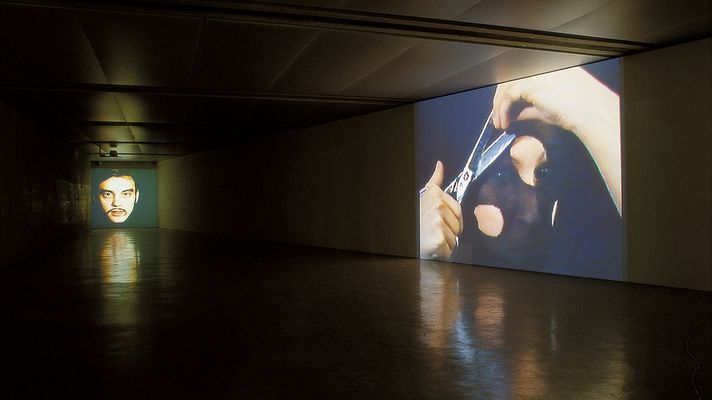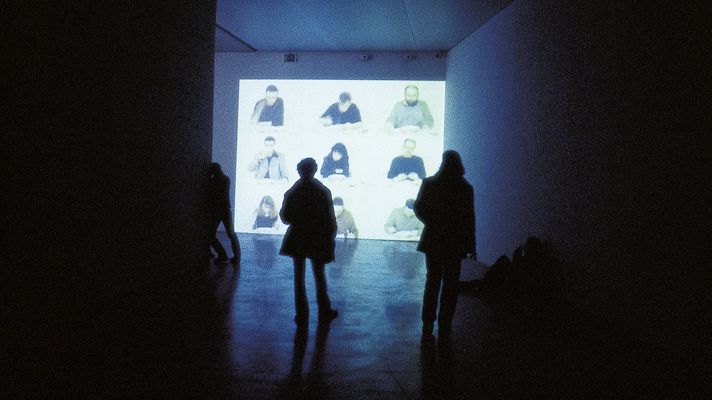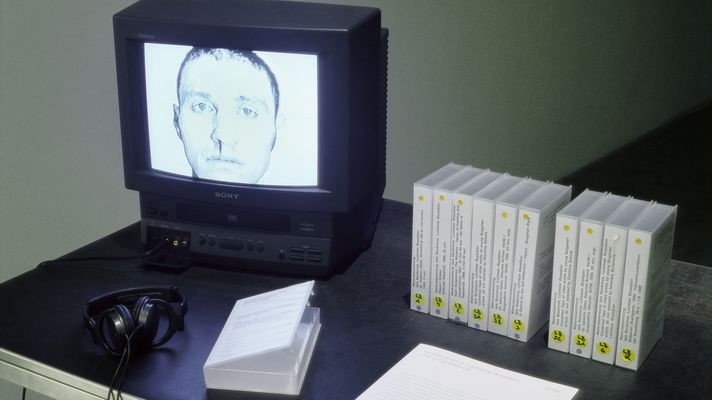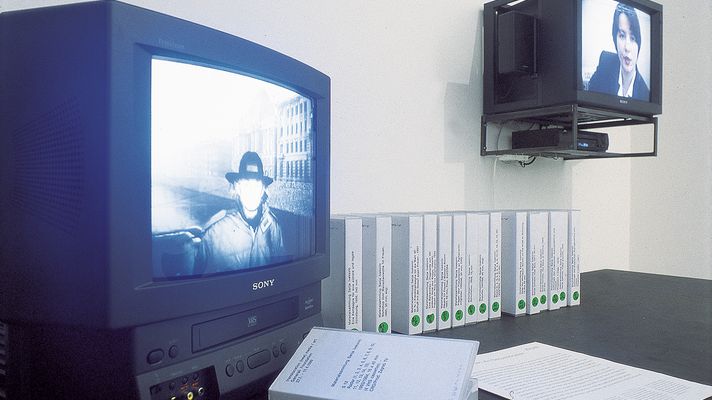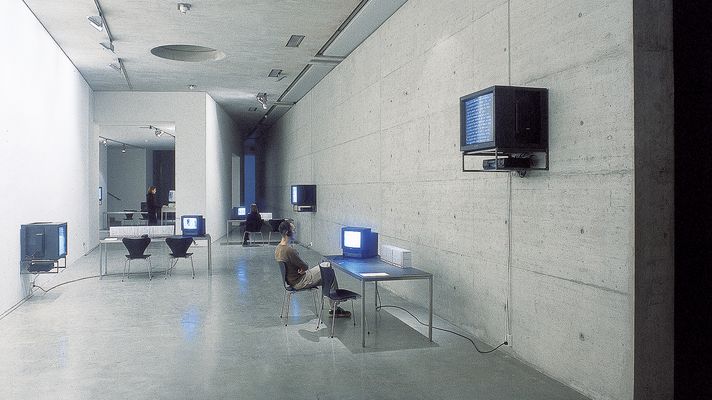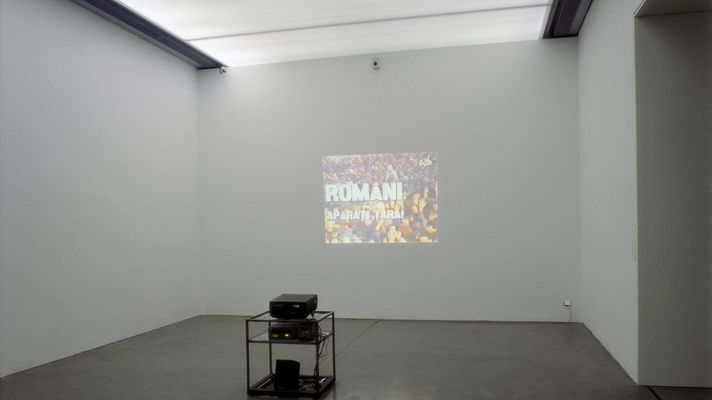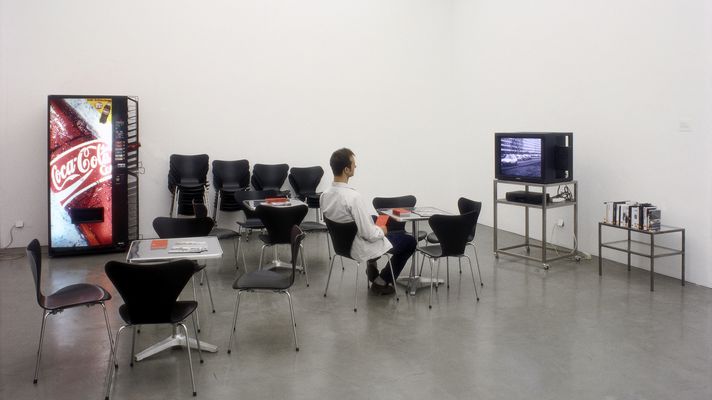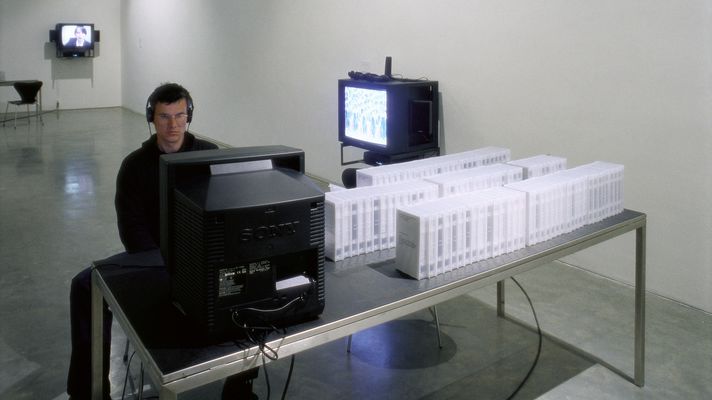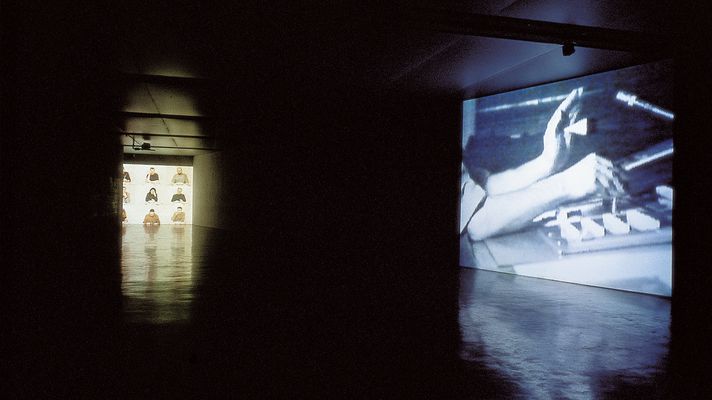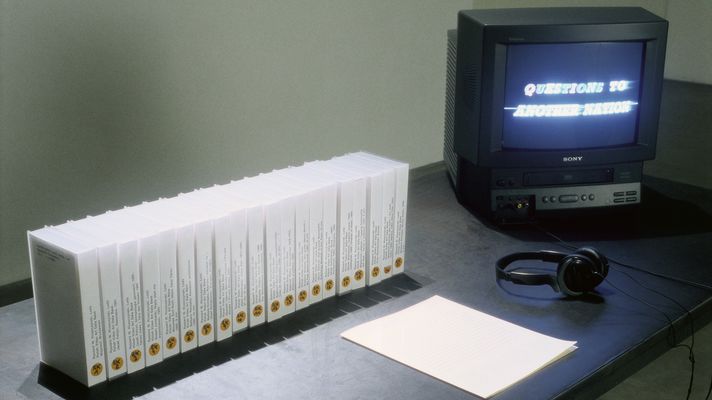translocation
(new) media/art
Opening: January 26, 1999, 7 p.m.
27 January through 11 April 1999
Place of exhibition: Generali Foundation, Wiedner Hauptstraße, 1040 Vienna
Works by Luchezar Boyadjiev (BG), Marina Grzinic (SL),
HILUS (A), Sanja Ivekovic (CR), Ryszard Kluszczinksy (PL), Josef Robakowski (PL), Keiko Sei (CZ/J), Jiri Sevcik (CZ), Tommaso Tozzi (I)
The exhibition contemplates the relationship between society, contemporary art, and new media in a Europe that still remains divided - divided not merely along economic lines, but above all by age-old cultural and political divisions and the resurgence of nationalism and xenophobia. Although "translocation (new) media/art" relies on the expressive power of individual works, it also presents a great deal of material that reflects the inherent complexity of the subject matter. Nevertheless, the establishment of advanced and professional communication networks between people involved in the aesthetics of contemporary art and new media is just as apparent in "translocation (new) media/art" as are the persisting divisions and mechanisms of inclusion and exclusion in what is supposedly an increasingly global cultural network. The issues of site-specificity and the vanishing of sites of artistic works as well as the significance of local identity and spheres of agency are at the center of much current artistic discourse.
The exhibition displays media art from the creative and intellectual scenes of central Europe against the backdrop of these issues and positions itself on several different levels: central works of art are displayed in large-scale projections and can be interpreted as a "classical" exhibition. Eight invited artists, media theorists, activists, and networks locate themselves and their material at different "stations." Those works, which can be viewed as large-scale projections, actually stem from the collection. Each of the stations localizes site-specific or thematic areas and illustrates internal debates and regional differences within their individual contexts, allowing these to be contrasted and compared with one another. A tour through the collected material of each station is given in a brief video produced especially for the exhibition. From there, visitors can navigate their way through the material with the help of an annotated index and compile their own information exhibition from interactive video stations at this "level of work," so to speak. Supplementary texts, documentation of individual artistic oeuvres, and additional literature are available in the Reference Room.
The geography of their places of origin, the protagonists' biographies and the thematic focus of the material all contribute to the formation of a map and panorama of specific areas of media art. This not only anchors the curatorial choice of works for the large projections in individual contexts, but also reveals how different forms of artistic expression and regional scenes have developed within the various regions and networks. Moreover, "translocation (new) media/art" reflects new communications technology’s leveling effects on media art’s sense of identity. This is apparent in many net-art projects of recent years, which can also be viewed at a special station in the exhibition.
A video that has been produced by a working group from the Institut für Zeitgeschichte (Institute for Modern History) of the University of Vienna (Wolfgang Fichna, Alexander Martos, Siegfried Mattl) with archival material from the individual collections expands the scope of this survey, to include major social and political changes in Europe’s civil society since the end of the Cold War.
Project Management: Georg Schöllhammer
Concept: Matthias Dusini, Ruth Maurer, Hedwig Saxenhuber
Exhibition Production: Nadja Wiesener
A project in cooperation with translocation,
funded by the European Commission/Kaleidoskop.
Open Access
Artists who have pursued any of the issues in translocation through video or Internet efforts, are invited to send a VHS PAL tape or web address (together with a short explanation of content and structure) to the Generali Foundation by 1 March 1999.
Presentation of the selected works: 16 March to 11 April 1999
Tuesday to Friday from 4 p.m., Saturdays and Sundays from
2 p.m.
